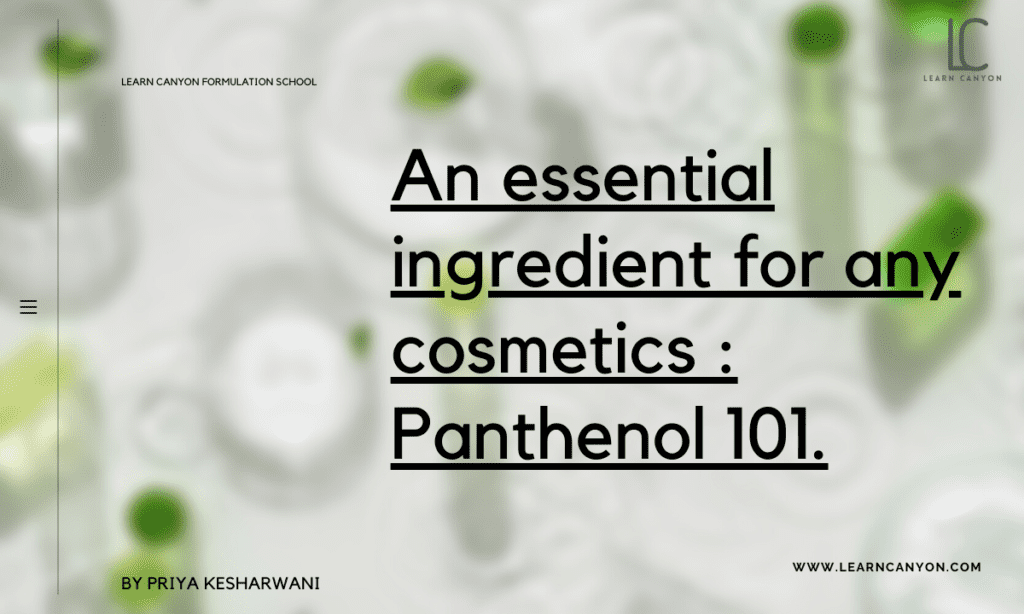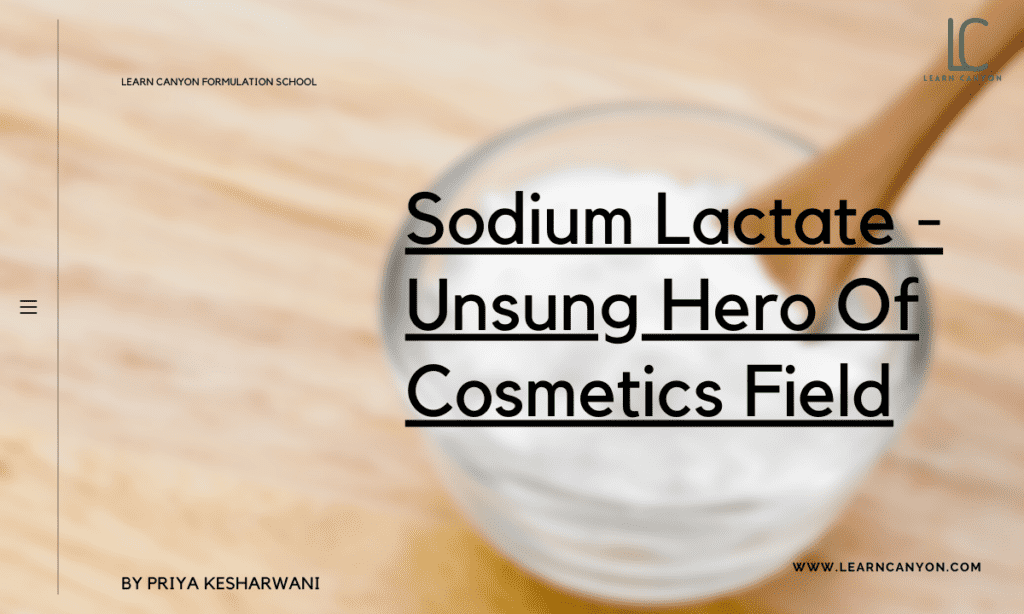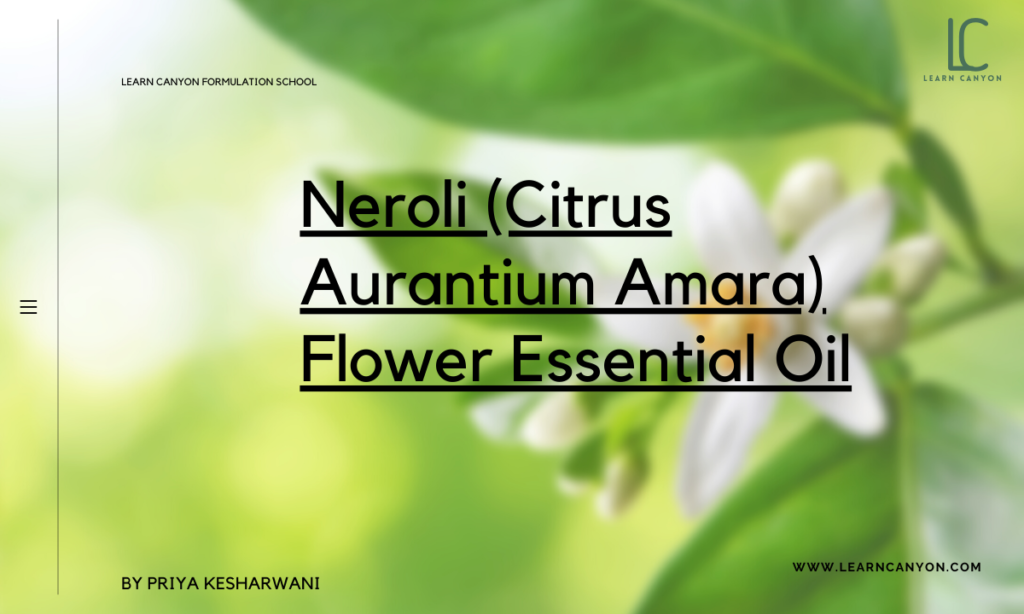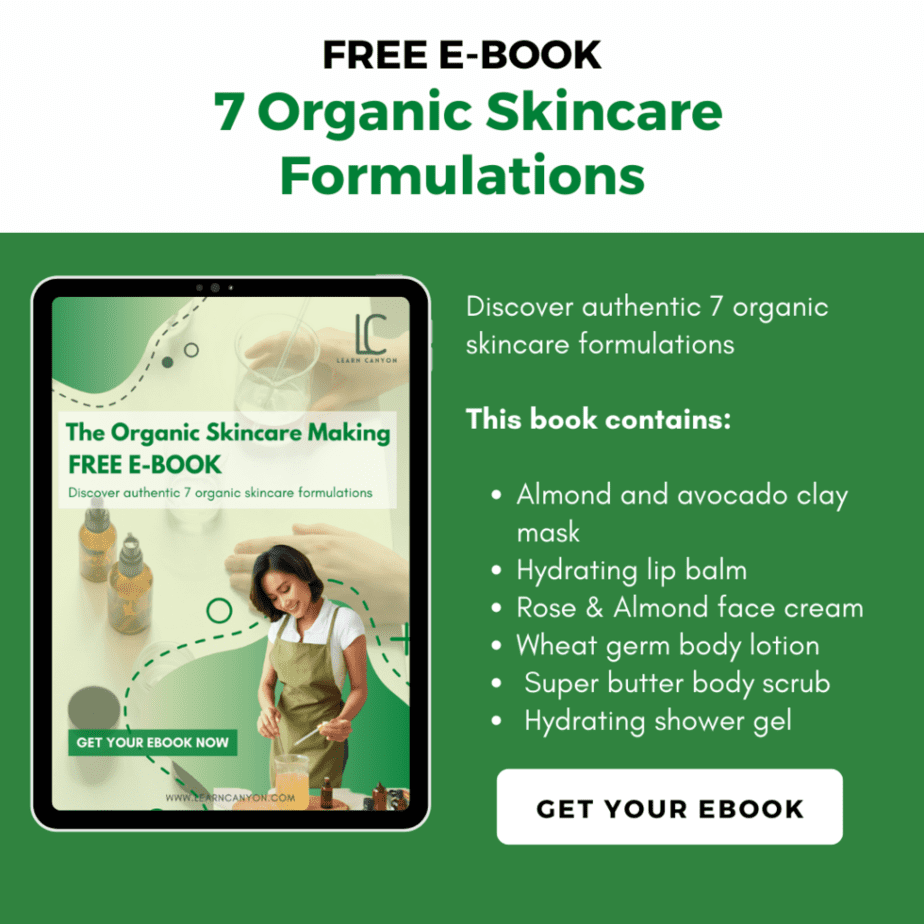
Sodium Lactate – Unsung Hero of cosmetics field

Sodium Lactate
Nature has blessed us with a wealth of skincare ingredients. One of these compounds is sodium lactate.
This moisturising and skin-replenishing chemical provides several skin benefits. If you’re seeking for natural compounds that can work marvels, Sodium Lactate might be the one for you. Continue reading to learn how to work more effectively and which skin-care products are available
What Is Sodium Lactate?
The sodium salt of lactic acid is sodium lactate. Lactic acid is an alpha-hydroxy acid because it has a hydroxyl group next to the carboxyl group (AHA).
Sodium lactate is a component of the NMF (Natural Moisturizing Factor), which is a naturally occurring component of the skin’s top layers. In addition to sodium lactate, the NMF contains amino acids, carbohydrates, and electrolytes to keep the skin’s surface intact, supple, and moisturised.
| What is it? | The sodium salt of lactic acid is sodium lactate. It is a good humectant that occurs naturally in the skin as part of the NMF (Natural Moisturizing Factors). It's a far stronger humectant than vegetable glycerin, capable of storing over twice as much water. |
|---|---|
| INCI | Sodium lactate |
| Appearance | It is available as a powder or a thin liquid. |
| Texture | Thin and soft |
| Recommended Usage | 1-10% |
| Solubility | Water soluble |
| Melting point | 161 to 162 °C |
| Boiling point | 113 °C |
| pH | 7.5–9 |
| Aroma | None |
| Why do we include it in formulations? | It's mostly used as a humectant. Its ability to hold water is second only to hyaluronic acid. It is also a keratolytic and helps minimise tackiness in formulations. In both leave-on and rinse-off treatments, sodium lactate improves skin moisture. It can also be used as a buffering agent and a pH adjuster. |
| How to work with it? | Include it in the water phase of formulation. |
| Applications | Sodium lactate has the ability to bind water. The active component enhances the skin's water content, ensuring that it remains soft and wrinkle-free. As a result, sodium lactate is an important component of anti-aging products. |
| Absorption rate | Slow |
| Strength | Non-sticky, highly effective humectant. |
| Weaknesses | Electrolyte-sensitive emulsifiers and thickeners don't like sodium lactate because of its high concentration of electrolytes. |
| Substitution | Vegetable glycerin, propanediol and sodium PCA |
| How to store it? | Stored in a cool, dark, and dry place. |
| Shelf life | Sodium lactate has a shelf life of 5–6 years. |
Fun Fact
| Type of ingredient | Preservative enhancer, buffering agent, and humectant. |
|---|---|
| Main benefits | By buffering pH and functioning as a preservative, sodium lactate aids in the stabilisation of formulations. |
| Who should use it | Except for people with a known allergy to it, it's suitable for all skin types. |
| How often can you use it? | Because sodium lactate can make you more sensitive to the sun, use plenty of sunscreen. |
| Works well with | Works well with most ingredients. |
| Doesn't work with | No known interactions. |
| How to use it in formulations | Added in the water phase of your formulations |
Mechanisms of action
Sodium lactate deficiency causes the skin to dry out. Because sodium lactate can bind moisture, this is the case. The active component boosts the skin’s water content, keeping it supple and wrinkle-free.
So Sodium lactate is a common anti-aging substance. It boosts cell turnover and aids in the removal of dead skin cells that have collected on the epidermis, the skin’s top layer. The skin becomes firmer and thicker when lactic acid is used at a concentration of 12%. As a result, there are less fine lines and deep wrinkles and a smoother overall appearance.
These findings reveal that lactic acid can penetrate the skin’s deeper layers when present in such high concentrations. Concentrations less than 5% have no effect.
The Benefits of Sodium Lactate
In cosmetics and skincare products, sodium lactate is used as a preservative, a buffer, and a humectant moisturiser.
Preservative
Sodium lactate is a bacteriostatic agent, meaning it stops germs from reproducing but doesn’t necessarily kill them. As a result, sodium lactate is useless as a preservative when used alone; it must be combined with a broad range preservative.
pH
Sodium lactate is also a buffering agent that aids in the establishment and maintenance of a product’s ph. The pH of cosmetics and skin care products should be as near as feasible to the skin’s natural pH, which is generally between 4.75 and 5.5. A substance that is too acidic can irritate the skin and sting the eyes. Overly alkaline products, on the other hand, may deprive the skin of essential lipids or oils, making it more susceptible to acne.
Moisture
Sodium lactate can also be used as a humectant moisturiser. A humectant is a water-absorbing substance with a chemical structure that makes it easy for it to connect with water molecules.
Side effects of Sodium Lactate
Although sodium lactate is safe for all skin types and causes no irritation or side effects, if your skin is prone to sensitivity, a patch test is still recommended.
How to use it in formulations?
The water phase should incorporate it. I’ve observed conflicting information about its heat stability; if you use less than 5%, you may easily transition it from the heated water phase to the cool down phase; but, if you use enough that the cool down phase accounts for more than 10% of the formulation, your emulsion may become unstable.
Work well with other ingredients
In skin care products, it’s generally utilised as a humectant. It only comes in second to hyaluronic acid when it comes to holding water! It’s also a keratolytic, which means it helps formulas stay tack-free. Sodium lactate enhances skin hydration in leave-on and rinse-off treatments alike. It should be compatible with a wide range of other elements.


